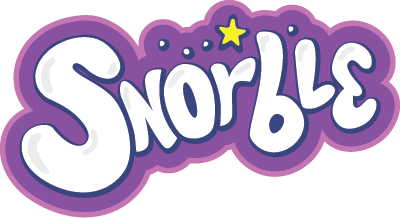Similar to understanding what sort of environment will help your baby or toddler sleep better, knowing the cues for when they're tired is an important step in helping your child develop a better bedtime routine. Thankfully, just like your child's environmental needs for better sleep, the cues that they're tired are very similar to those of adults.
In fact, if you're a parent of a newborn or toddler, your body is probably giving you some of these signs to get some sleep right now!
With that in mind, we'll keep this one relatively simple so you can perhaps shut your eyes. As you read each of these cues, try to think of whether or not you've noticed them in your child at any point, especially close to their usual nap or bedtime.
1) Disengaged
Learning your child's cues for being sleepy is crucial for many stages of development, including them being able to nap independently. One of the biggest cues is when it seems like your baby has become disengaged from activities. It's a sign that your child is overstimulated and needs some time to rest, which is exactly when you should transition them to their crib or bed.
2) Rubbing Their Eyes
Erin from The Best of the Middle suggests that when your child starts to rub their eyes or face, it's time to get them to their sleeping space. This cue, similar to the others, means your child is ready to sleep and placing them in an environment where that is possible will increase your chances of having a peaceful naptime or a bedtime that extends into the morning.
3) Yawning or Chewing Their Fingers
Sarah from Busy Blooming Joy agrees that these signs are a key part of ensuring your child sleeps through the night, and she suggests that it can be easier to identify them once you have a structured schedule in place. Of course, if you do notice these cues, including your child yawning or chewing on their fingers, then allowing for a quick nap is advised versus trying to keep your child awake until their regularly scheduled time to sleep. If the signs continue to appear well before your scheduled times, then you may also want to consider adjusting things accordingly.
4) Clenched Fists or Stiff Body
Although there are a number of other cues, and you may even discover some unique to your baby as you become more aware of them, we'll end our list here with one from Swati Patwal of Mom Junction. Along with the others mentioned above, Swati suggests that rigid movements and your baby actively stiffening their body and clenching their fists can be a sign that they are tired or possibly even overtired.
As Swati notes, being attentive to all of these cues and any others you think might be signs that your child is tired can go a long way to ensuring that your child sleeps better. Of course, for any family with a baby or toddler, that also means you probably sleep better too. If you're showing any of these signs yourself while reading this, then learning these cues and following-up with a transition to a sleep-friendly space for your child will be a win-win!Photo by Kelly Sikkema on Unsplash
Pin It



